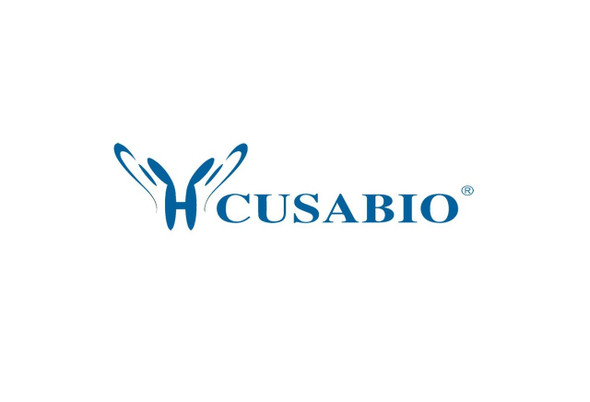Cusabio Drosophila melanogaster Recombinants
Recombinant Drosophila melanogaster Bursicon (burs) | CSB-YP894207DLU
- SKU:
- CSB-YP894207DLU
- Availability:
- 25 - 35 Working Days
Description
Recombinant Drosophila melanogaster Bursicon (burs) | CSB-YP894207DLU | Cusabio
Alternative Name(s): Bursicon subunit alpha;Cuticle-tanning hormone
Gene Names: burs
Research Areas: Others
Organism: Drosophila melanogaster (Fruit fly)
AA Sequence: QPDSSVAATDNDITHLGDDCQVTPVIHVLQYPGCVPKPIPSFACVGRCASYIQVSGSKIWQMERSCMCCQESGEREAAVSLFCPKVKPGERKFKKVLTKAPLECMCRPCTSIEESGIIPQEIAGYSDEGPLNNHFRRIALQ
Source: Yeast
Tag Info: N-terminal 6xHis-tagged
Expression Region: 33-173aa
Sequence Info: Full Length of Mature Protein
MW: 17.5 kDa
Purity: Greater than 90% as determined by SDS-PAGE.
Relevance: Final heterodimeric neurohormone released at the end of the molting cycle, involved in the sclerotization (tanning) of the insect cuticle, melanization and wing spreading. Heterodimer specifically activates the G protein-coupled receptor rk.
Reference: Identification of the gene encoding bursicon, an insect neuropeptide responsible for cuticle sclerotization and wing spreading.Dewey E.M., McNabb S.L., Ewer J., Kuo G.R., Takanishi C.L., Truman J.W., Honegger H.-W.Curr. Biol. 14:1208-1213(2004)
Storage: The shelf life is related to many factors, storage state, buffer ingredients, storage temperature and the stability of the protein itself. Generally, the shelf life of liquid form is 6 months at -20?/-80?. The shelf life of lyophilized form is 12 months at -20?/-80?.
Notes: Repeated freezing and thawing is not recommended. Store working aliquots at 4? for up to one week.
Function: Final heterodimeric neurohormone released at the end of the molting cycle, involved in the sclerotization (tanning) of the insect cuticle, melanization and wing spreading. Heterodimer specifically activates the G protein-coupled receptor rk.
Involvement in disease:
Subcellular Location: Secreted
Protein Families:
Tissue Specificity: Expressed in one to two pairs of neurons in each of the thoracic and abdominal neuromeres of the larval CNS. Coexpressed with CCAP in most CCAP-specific neurons. Coexpressed with Pburs in four bilateral neurons in thoracic and abdominal neuromeres of the ventral nervous system.
Paythway:
Form: Liquid or Lyophilized powder
Buffer: If the delivery form is liquid, the default storage buffer is Tris/PBS-based buffer, 5%-50% glycerol. If the delivery form is lyophilized powder, the buffer before lyophilization is Tris/PBS-based buffer, 6% Trehalose, pH 8.0.
Reconstitution: We recommend that this vial be briefly centrifuged prior to opening to bring the contents to the bottom. Please reconstitute protein in deionized sterile water to a concentration of 0.1-1.0 mg/mL.We recommend to add 5-50% of glycerol (final concentration) and aliquot for long-term storage at -20?/-80?. Our default final concentration of glycerol is 50%. Customers could use it as reference.
Uniprot ID: Q9VD83
HGNC Database Link: N/A
UniGene Database Link: UniGene
KEGG Database Link: KEGG
STRING Database Link: STRING
OMIM Database Link: N/A









